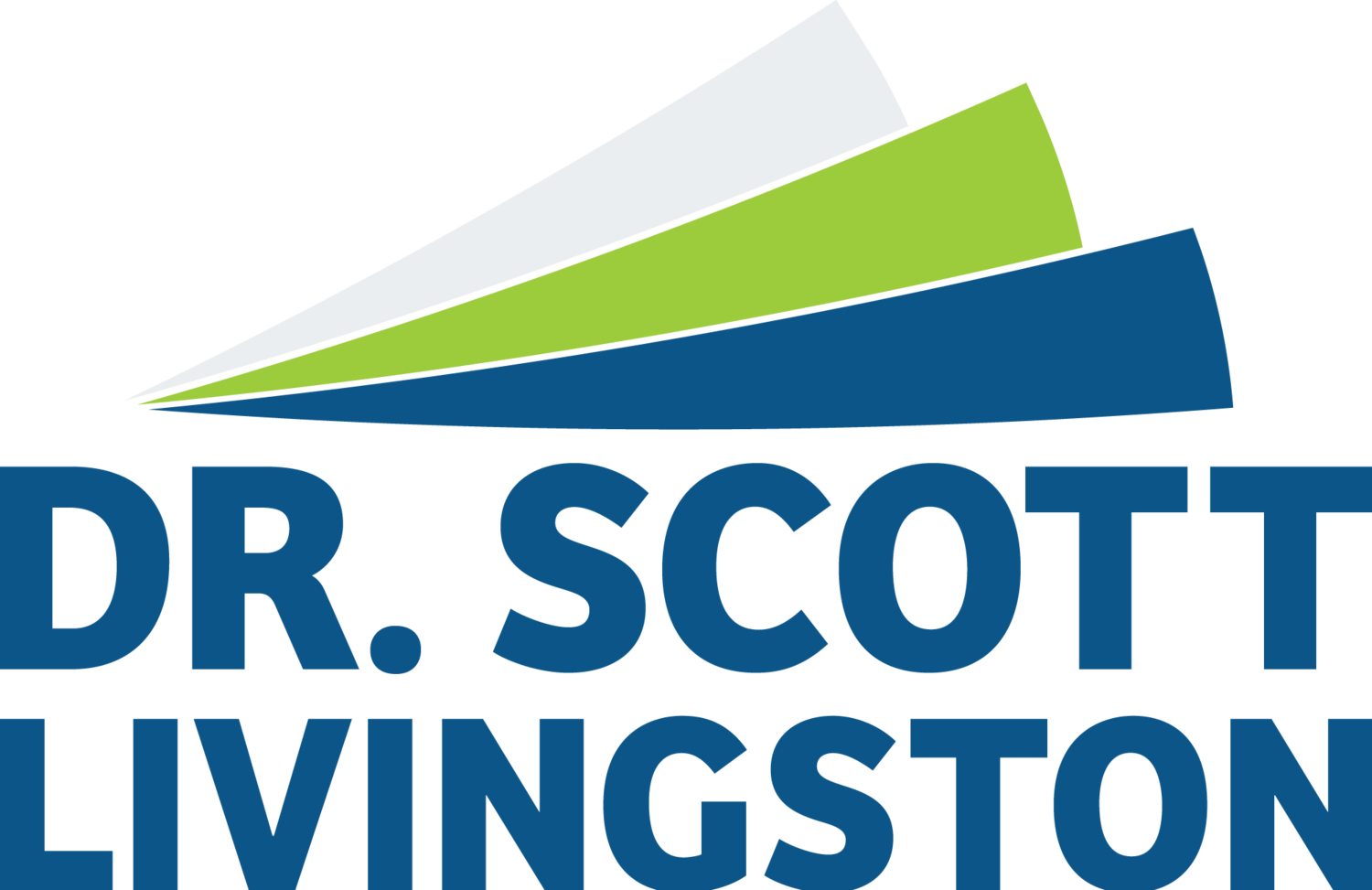A lifeline is defined as "a rope or line used for life-saving, typically one thrown to rescue someone in difficulties in water or one used by sailors to secure themselves to a boat." Things can happen to us in our lives that give us a similar feeling of sinking or being stuck. If we don’t have some help to secure us, we can begin to feel alone and hopeless.
From time to time, we all need a lifeline thrown to us by others who are showing care and compassion.
My Story
Over the last couple of weeks, I have spent most of my time taking a much-needed vacation. In addition to this down time, I scheduled some time for writing and research for a couple of new courses I am teaching. During this time, my interaction with my coaching and training clients is limited to text and phone conversations.
About 10 days into this period, I noticed something quite odd.
I was starting to get a little down. Not an all out depression, but I was noticing something declining in my overall mood. The feeling was like I was sinking. There wasn’t anything bad that had happened to me. In fact, I had just come off a very restful vacation! I had plenty of things that needed to get done.
Nonetheless, there it was. The feeling of not having enough of the connections that are the reason that I love the work I do.
Basic Human Psychology
It is fairly common knowledge amongst psychologists that the feeling of isolation can be a key determinant for a wide range of human ailments, from depression all the way through to premature death!
I know I wasn't totally isolated during that time, but as I sit back and reflect, I sure was feeling lonely.
The Wall Street Journal reported last week that there are very few public health initiatives to combat loneliness, even though this state of being is riskier to “health and survival than cigarette smoking or obesity.”
Loneliness a bigger health risk than smoking or being overweight?
I was floored by that! Here is why. My personal physician, in my opinion, is the best in the world.
Seriously, he is an amazing clinician! He is constantly asking about my smoking habits (which I don’t), how much alcohol I am drinking, and how much red meat I am eating. He takes my blood, weighs me on a scale (which is always 3 pounds heavier than any other scale I ever get on), takes my blood pressure, and once a year hooks me up to an EKG. I do routine sonograms of my kidney because 3 years ago I had a small tumor removed. As part of his practice, I even have access to a dietician and an exercise physiologist. He spends no less than 40 minutes with me on every visit. I mean the dude has it going on. I love him!
In spite of all this great care I get, I don’t ever recall being asked about my social life, work life, or my important relationships! Perhaps my physician is assessing all of this without my knowledge by how I present in the office.
My point is not to question how to practice medicine. Rather, my point is that if loneliness is really a bigger health risk than cigarette smoking and obesity, then perhaps it is something that we as leaders should pay closer attention to. Are there people in our sphere of influence that need a lifeline from time to time?
Impact on Leadership
According to the Journal of Clinical Psychiatry February 2015 issue, the economic burden of depression, including workplace costs, direct costs, and suicide-related costs, was estimated to be $210.5 billion in 2010.
Major depression, the disease of dark thoughts, hits 16% of all Americans, who are twice as likely to be diagnosed with it during their lifetimes as they are to be diagnosed with cancer.
So this state of loneliness, which can lead to or be a part of a clinical depression, has an economic business impact, and must not just be seen as a social issue.
A very insightful study was published last October in the Journal of the American Geriatrics Society. Researchers wanted to know the impacts and categories of social contact, or lack of it, that might predict clinical depression. In studying over 11 thousand people over the age of 50 the scientists found that only face-to-face interaction forestalled depression in older adults. Phone calls made a difference to people with a history of mood disorders but not to anyone else. Email and texts had no impact at all.
The lifeline that people need, according to this study, is face-to-face interaction
How often people got together with friends and family—or didn’t—turned out to be key. What’s more, the researchers discovered that the more in-person contact there was in the present, the less likely that depression may occur in the future. Participants who had minimal social contacts had the highest depressive symptom rate, while those who connected with people in person at least three times a week had the lowest.
It would seem that the more people got together in person, the better off they were!
What could we as leaders do to become part of the solution?
I can stop that feeling…Or can I?
Mayoclinic.org has some very simple steps for preventing depression. The 5 I thought most relevant to our discussion are:
Control your stress
Increase your resilience
Boost your self-esteem
Reach out to family and friends (i.e.. grab a lifeline)
Get help fast
As leaders, I think we can be intentional with those under our responsibility. Here is how I would adapt the above list for leader-follower interactions.
Become attuned to what stress looks like for people on your team.
Meet regularly with followers at least every week to two weeks.
Prioritize these meetings.
Spend most of your time listening and asking questions, rather than being in "solve mode."
Meet in person if at all possible. If not, use video chat like FaceTime or Zoom.
Give them some assurances that you believe in them.
Establish a culture that encourages learning from mistakes.
Do spot check-ins in times of high stress.
If a teammate seems down, ask about it early.
Consider frequent mini-sabbaticals as a way to rejuvenate.
Homework
How often are you connecting with those you lead? How intentional are you in making connections? Who on your team seems a little down and needs to know you believe in them? Why not become more intentional in reaching out and touching someone? Who knows, that might just be what is needed to help your team reach peak performance.




















